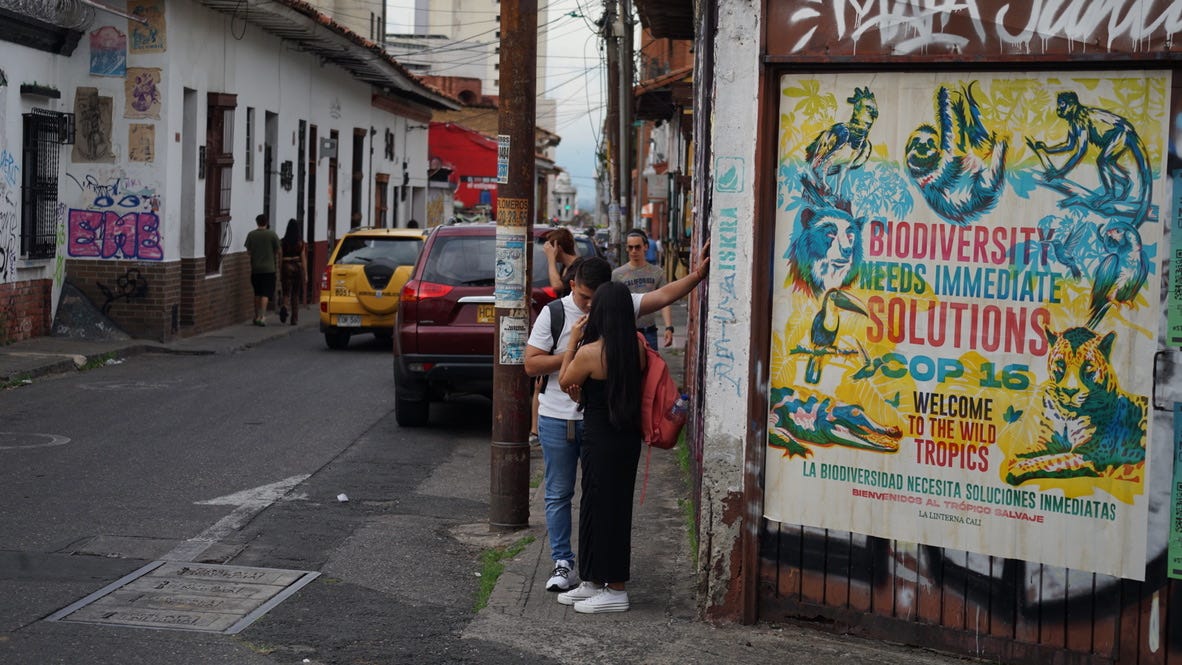Gabi Gorder: "Dancing is a language"
Earning a place in Colombia's legendary salsa scene
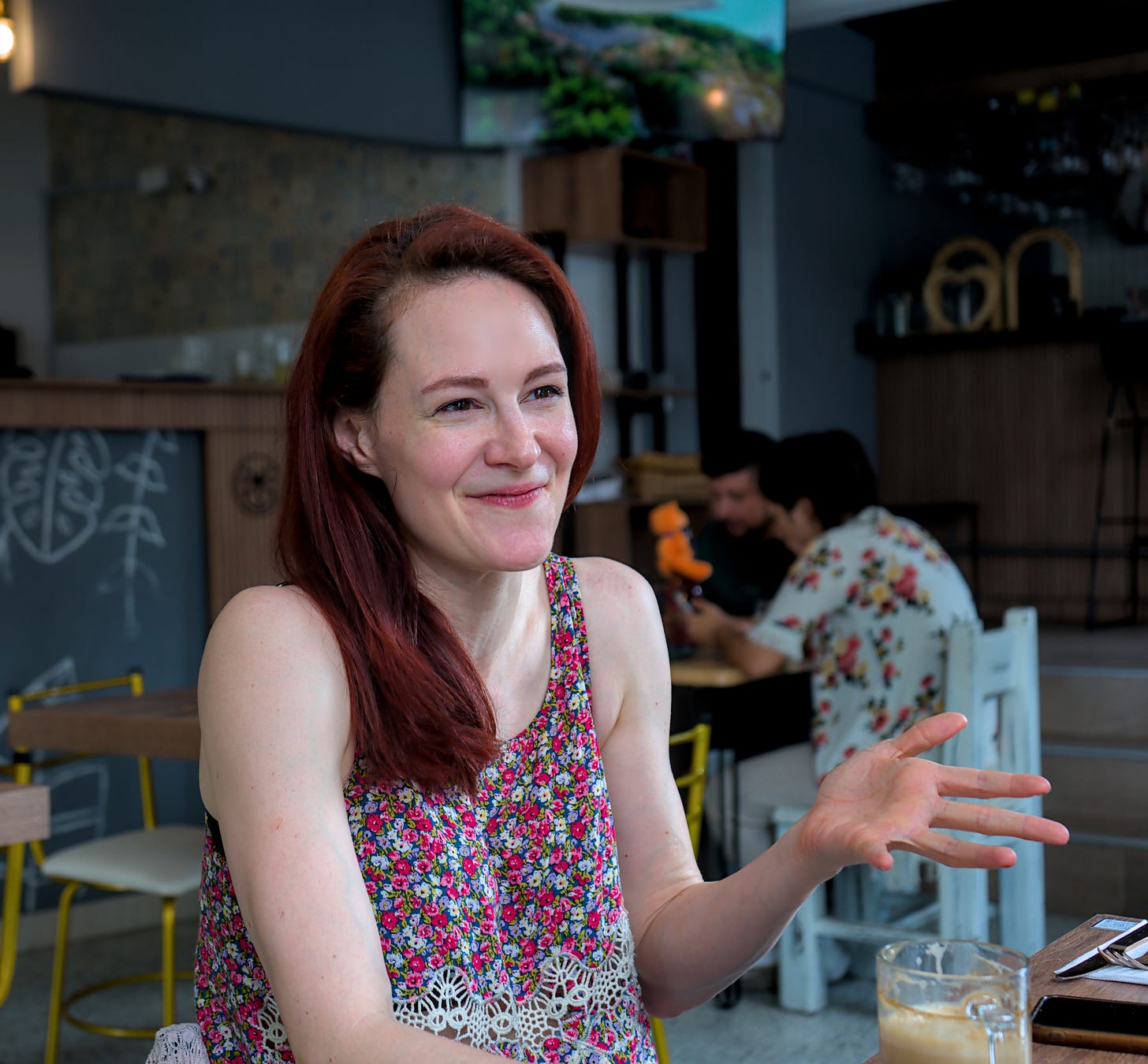
My name is Gabrielle Vail Gorder. I’m originally from Boston, Massachusetts, and I moved to Colombia in 2018. Last year, I won at the Salsa World Championships.
It all started with a breakup. When you go through a breakup, you have a life change, and that's when new doors open.
I met these two Salvadorians at a street party who invited me to go salsa dancing. And I felt that it was a way to reclaim happiness. It was healing to dance.
And it helped me make new friends. One of the hardest things when you go through a breakup is that you have a lot of shared friendships. You have to kind of find your new identity, who you are as an individual, without that other person.
Dancing allowed me to meet new people and a version of myself that I didn't know before.
At this time, I was working in Washington, D.C., but I didn’t feel fulfilled in my day-to-day life. I wanted to live abroad for a while, so I applied for a Fulbright Grant to Colombia.1
And, because I loved dancing, I wanted to be in Cali. I wrote, "anywhere except Bogotá." They placed me in Cali.
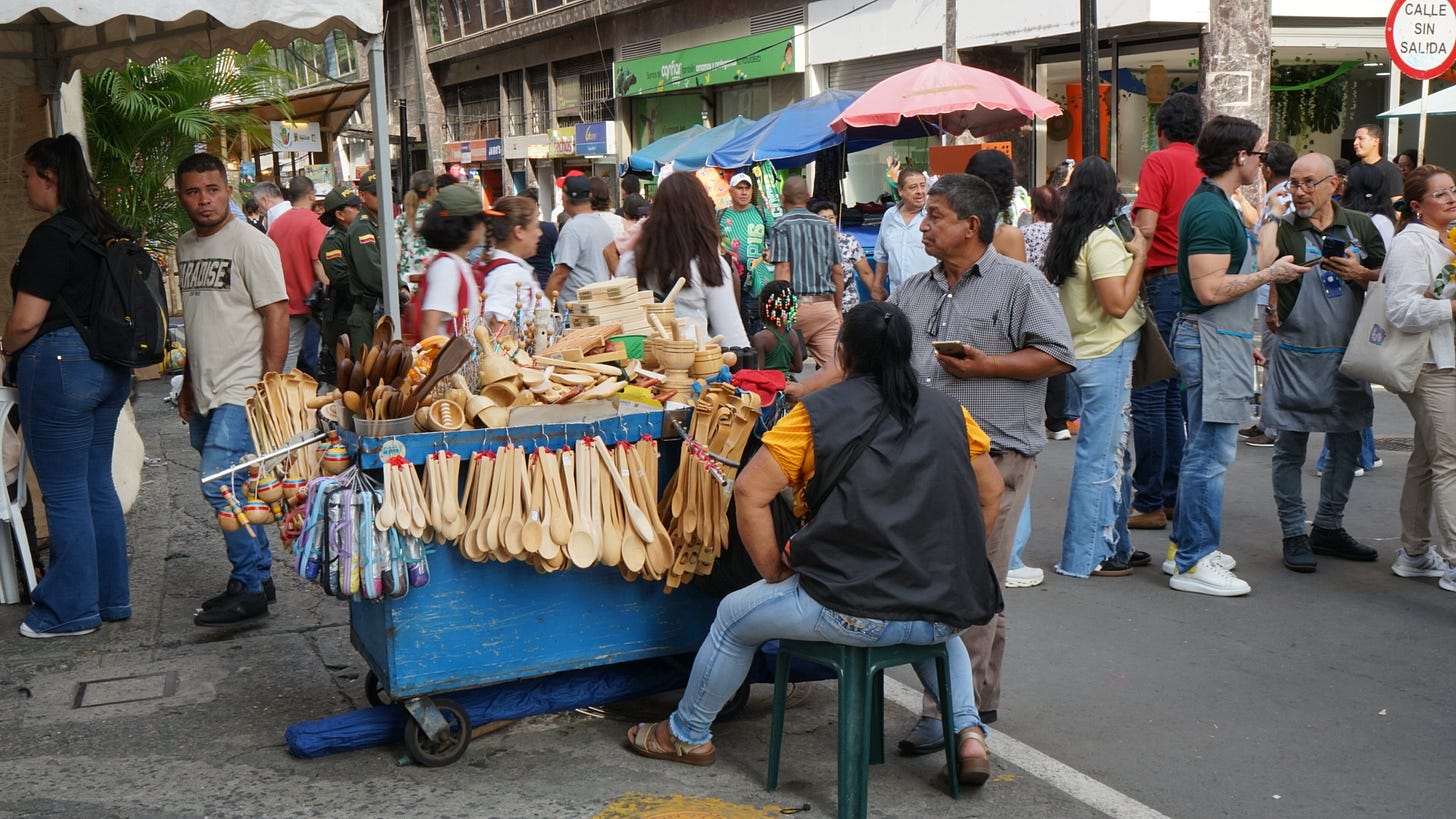
I didn’t like Cali right away. But over time, the city grew on me.
Cali is not the only city in the world that loves salsa, but here it's very much a lifestyle.
It's everywhere you go: in the grocery store, in the gym, in the taxi. Salsa is what they put on when they're cleaning their home.
And it’s not just a dance. People know the lyrics, they know the artist, and they know the stories of the artist. It is a part of their identity. They're passionate about it in the way that maybe an American would be passionate about a football game. People have arguments about why one choreography is more caleña than another.2
And I could see why it was so well-received here. Because it is such a warm climate, and the people reflect that. People here are very social, and there's much more of an emphasis on enjoying life and on being present.
But salsa really began in New York.
The style from there, salsa en línea, is slower and focuses on turn patterns. But salsa caleña is very fast: fast footwork, a lot of hip movement, a lot of knee movements.
The story behind this is that they would have these parties in Cali, where there was no alcohol. This was for young people back in the 60s, 70s. And they would go to dance, and they would dance salsa.
The myth goes that music albums played at these parties would often arrive at Buenaventura, the closest port to Cali, scratched.
And since they were scratched, people played the songs faster. They sped them up to mask the scratching. And that's why the caleña style is very fast – the movements had to be faster than the style that you would see in New York or Puerto Rico.
I fell in love with the caleña style.
Another thing I have really enjoyed about dancing in Cali is la Vieja Guardia, the Old Guard.
In the U.S. I would go out dancing, and it was not common to see old people. Whereas here, there are nightclubs – called viejotecas – completely dedicated to older people. And in the viejotecas you see people of sixty and up. They still go out.
And The Old Guard, La Vieja Guardia: well, they tend to go out every night.
They dress up, wear clothes from the 70s and 80s. It is so endearing to see someone dressing up like that, going out and practising all the traditional styles. They're maintaining the culture. Where younger generations may not know how to dance all the rhythms, they do.
And they love the dancing… but also the music. There's this appreciation for the music and this community feel that I really enjoy.
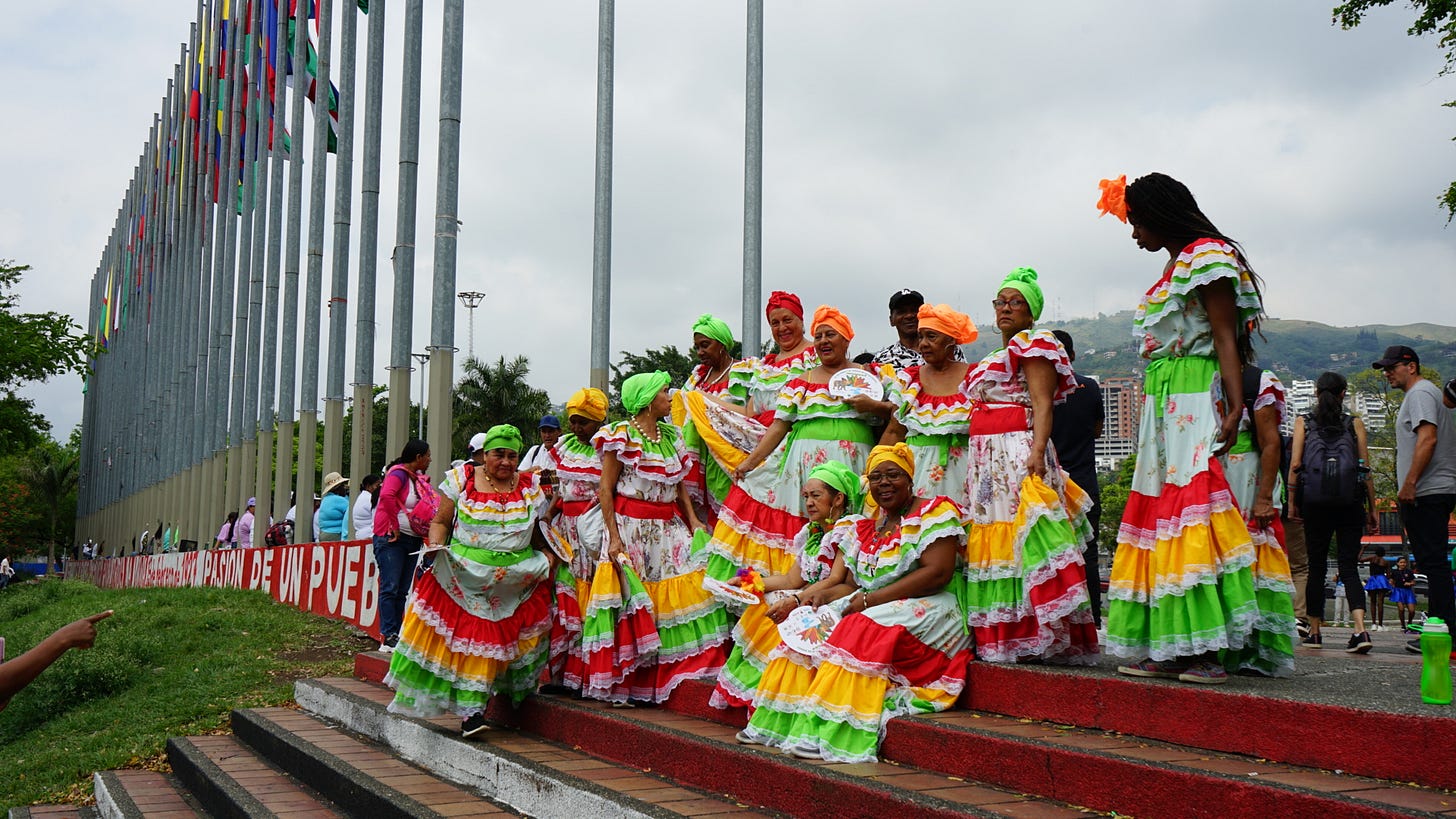
When I first arrived in Cali, I would go out to dance socially and learn. I always said, well, one day I would like to dance at Swing Latino.3
Swing Latino is one of the better-known dance academies in Cali, but also worldwide. It is the academy that sent the dancers who performed in the Super Bowl with Jennifer Lopez and Shakira.
But I always found a reason not to try: ‘I can’t because I'm doing the Fulbright. Or because of my thesis. Or because I'm working.’
In life, it's really easy to come up with an excuse not to do something.And you get to a point where you realise, if not today, when?
Finally, one day – on my birthday in 2021 – I decided: I'm gonna go to Swing Latino today. Maybe the factors in my life aren't perfect, but I'm going to do a casting and see which group they let me dance with.4
And that is when I started in a group of bailadores at Swing Latino.

Here in Cali, there's a big difference between bailadores and bailarines.
Bailadores are the ones who dance socially. They interpret all the different rhythms, and they're good at freestyling. They'll have a bunch of different styles that they're able to dance like boogaloo, son, and chacha.
Bailarines focus more on stage performances. They’re more professional.
I started with a group of bailadores at Swing Latino who also perform on stage, but their choreography tends to be less focused on acrobatics and it looks a little more traditional.
I started there and I loved it. And I did well. But I kept moving into the style of bailarines.
So I joined the first level of training at Swing Latino to become a bailarina, I was already in my 30s, and all of my teammates were teens. Obviously, it was not the typical route.
The dynamic at first was a little odd, because my friends from practice were all about quinceañeras5 and they'd never had a boyfriend. And then I would be there. Very different, you know.
But they did become my friends. I had to humble myself a little bit as well, to have like a 14-year-old outshine me in a choreography. But I liked the challenge, and from there I moved up.
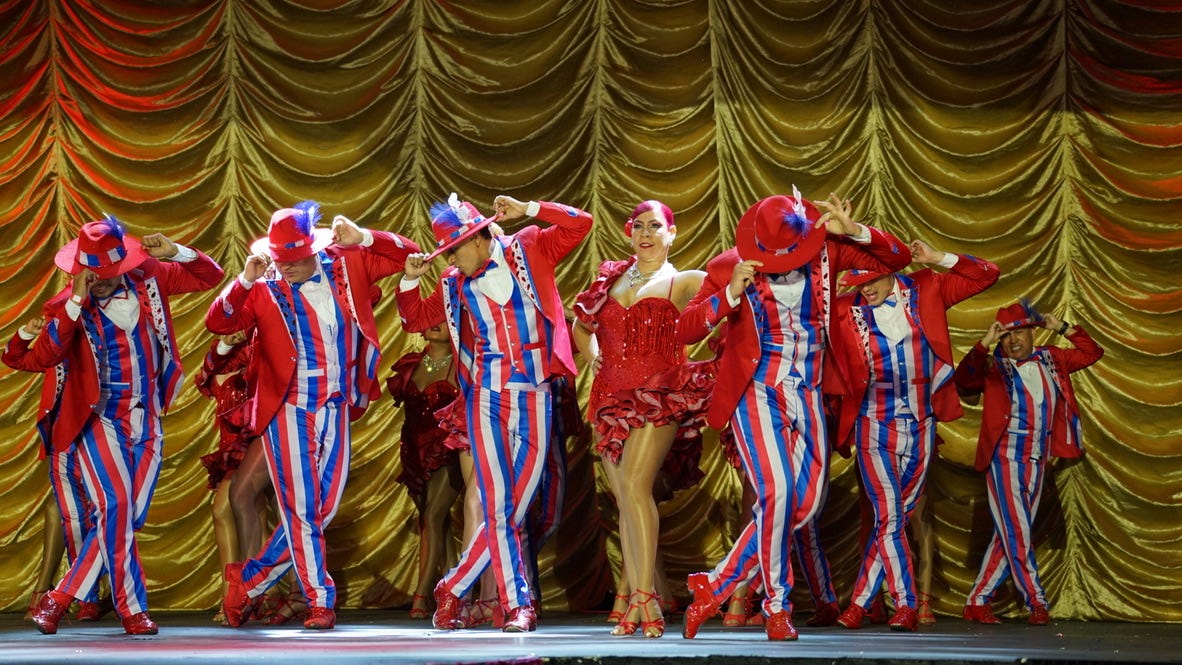
You always have moments where you feel stagnant. You get worse before you get better.
I have this injury, the doctors aren't sure if it's the spinal cord or an illness like Guillain-Barre,6 but the nerves don’t communicate well with the muscles in the calves.
And in dancing, you need to have strong calves. You need to be able to be up on your toes. You need to lift your heels. It's probably the most important thing to be able to dance well, and I lost that.
So I am not wearing the highest heels. And to compensate, I have to make sure that my arm positions are good, that I have a lot of stage expression, that my hip movement is good. I have to do everything else ten times better to kind of cover up my weakness.
There have been moments where I have felt like giving up, moments that I felt like I was looked over because of that. I think I’ve definitely had to prove myself.
There have also been moments where younger girls passed up to the higher levels, and I was left behind. And that's something that can be a bitter pill to swallow. I've had some little girls say, you know, ‘Gabi, why haven't they moved you up? Is it because of your age?’
I doubted myself. Doubted what I could do. That's hard, I've felt like quitting at those moments. And I've had to realize that everyone's journey to getting to the same goal is different.
And it took time to feel accepted within the community. At first, even within Swing Latin, I don’t think that they thought I would want to try the bailarines approach – it’s not something that’s been done by a foreigner, really.
Even recently, at a practice for the Salsa World Championship, I heard the director laughing and saying, “What will they say at Worlds when we have a gringuita dancing front and centre?”
But we ended up winning, against all odds. We won Worlds and I was in a very front row – in one of the central positions.
And after, people started to recognize me. I would be out, and people would come up to me and say, “Congratulations on Worlds!” And not just the week after, like months later, in December during the Feria[de salsa], people would come up and congratulate me.
I realized, wow, I'm being accepted more.
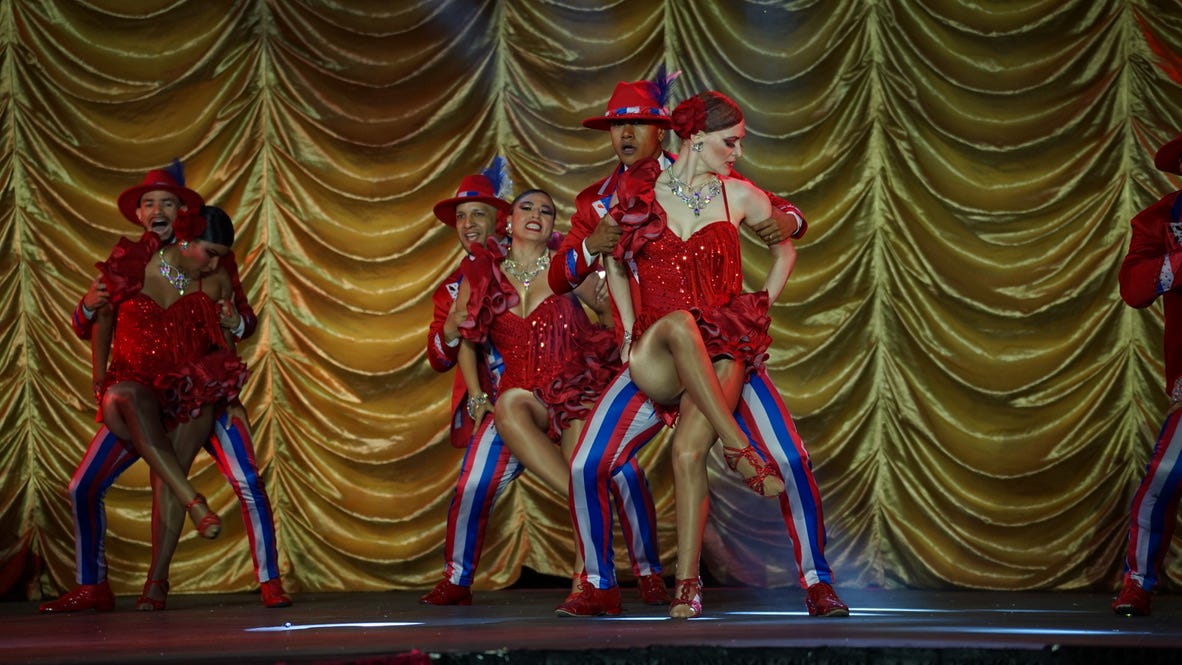
But the best thing about dancing, and this goes to say for salsa, bachata, whatever the style is: it's a language.
Dance is a language. You don't have to be able to speak to be able to dance because your language is the rules behind the dance steps. The lead, knowing how to follow the lead, knowing the musicality.
I've danced with people who don't speak the same language as I do, but we're able to communicate through dance, and we're able to enjoy the song and interpret it.
I go out and have friends of all ages. In the dance community here, I have friends as young as 14 who dance with me, and friends in their 70s and 80s from the Old Guard.
And you learn a lot from that, and you appreciate the different stages of people’s journey with dance. And I like to see that it's something that you can do your whole life.
When I see the older couples who dance all the rhythms, I think that's who I want to be someday.
The Fulbright Program — a U.S. government-funded international exchange initiative that provides grants for research, study, and teaching abroad.
Caleña — literally “from Cali.” Caleña salsa is a fast, flashy, and acrobatic style of salsa dancing from Cali, Colombia, known for its quick footwork, dramatic spins, and high-energy performances.
Swing Latino - a famous dance academy in Cali, Colombia, known for training young dancers in fast, high-energy Cali-style salsa and winning international competitions with their spectacular performances.
Because Swing Latino is an elite academy, you have to try out even to join the lower level classes.
Quinceañera - traditional Latin American celebration marking a girl's 15th birthday, symbolizing her transition from childhood to womanhood with a mix of religious ceremony, formal party, and cultural customs
Guillain-Barré – a syndrome is a rare condition where the immune system mistakenly attacks the nerves, causing sudden muscle weakness and sometimes paralysis.




